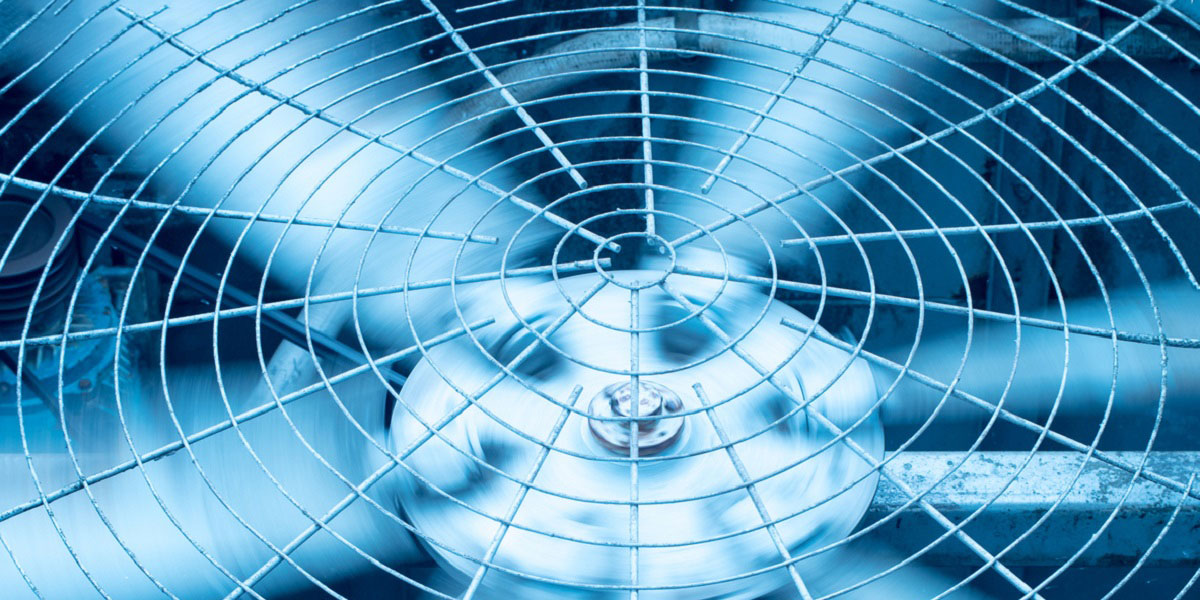
With high heat and low humidity, Arizona offers a prime environment for evaporative cooling for most of the year. Yet, things dramatically shift towards the middle of the summer. The monsoon season hits, and with it comes high winds, clouds and plenty of moisture. From mid-July to mid-August, it’s primetime for powerful monsoon storms, along with high humidity that hinders the function of evaporative cooling systems. Yet, it’s important to know that you can still use what is commonly referred to as a “swamp cooler” during Arizona’s monsoon season. It just requires a few tips.
Protect Against Dust and Dirt Buildup
The single largest challenge when it comes to evaporative cooling is the dust from haboobs (dust storms). They can leave a buildup of dust, clog filters and cooling pads, and prevent the unit from operating. If you are experiencing a decrease in air flow following a monsoon storm, the most likely problem is dust. With a stiff bristled brush, or whisk broom, you can loosen dirt and dust that has collected in the unit. Use a wet/dry shop vacuum to remove debris.
Prevent Mold Growth
Evaporative cooling units are notorious for producing an unpleasant, dirty, sponge-like odor. It doesn’t have to be this way. Coolers can quickly become infested with mold and bacteria, causing respiratory and allergic reactions. If you are smelling this odor, the first step is to drain the unit and remove the water tanks and cooling pads. Soak the pads in a mixture of water and lemon juice to break down mold buildup. The water tank should be cleaned with warm water and a soft cloth. A 50/50 solution of vinegar and water can be run through the cooler to minimize the smell. Don’t forget to replace the cooling pad, dust the filter and run the unit once the unit has been drained and refilled.
Overcoming Persistent Smells
If you are experiencing lingering odors, despite taking proactive steps to clean your evaporative cooler, it may be time to add a few drops of an essential oil to your unit’s water tank, such as that of lavender, peppermint or lemon. As the water soaks into the cooling pads, the smell will be emitted throughout your home.
Whether you have a single evaporative cooler or a multi-unit HVAC system, it’s important to consider your options and protect your cooling needs here in the desert. Are you prepared for the next haboob? If not, give us a call, and we can help you protect yourself from summer dust storms and winter’s chilly temperatures that will be here just around the corner.











